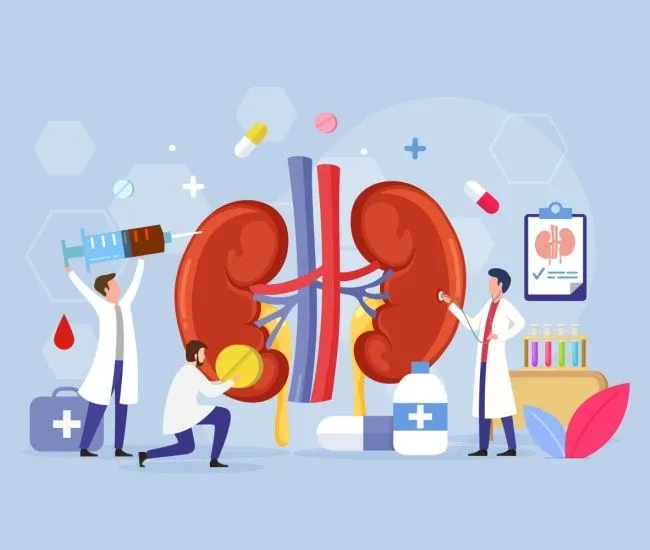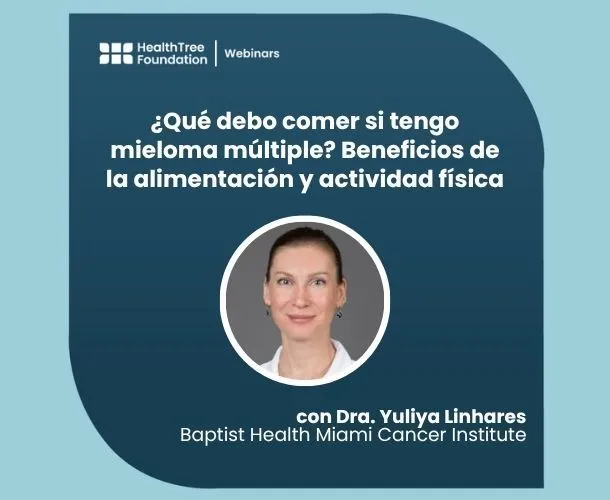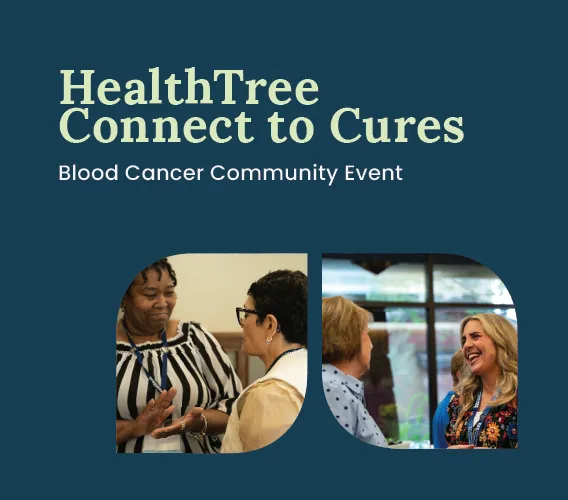ASH 2022: From Incurable to Cured in Multiple Myeloma
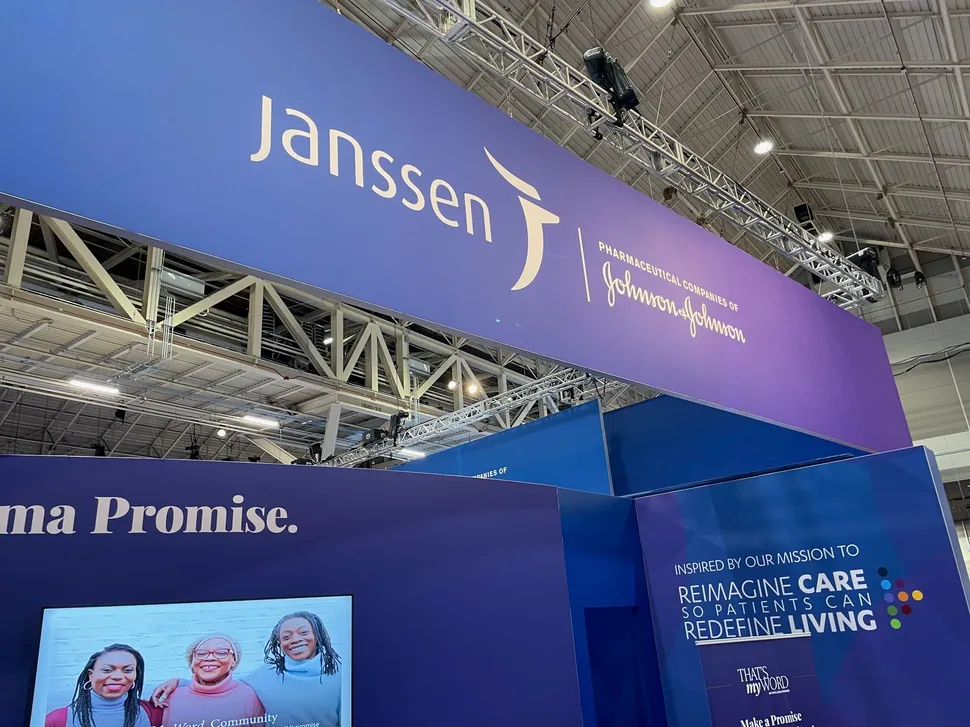
Many patients like me have been told, “Sorry, you have myeloma and it’s an incurable cancer.” Really?! Incurable, meaning it will always be impossible to cure myeloma? Don’t tell that to the brilliant and inspired researchers presenting the latest breakthroughs at ASH 2022!
As a community, can we agree that it is time to reset our perspective from the dismal “if” a cure can be found, to the justifiably optimistic “when” our cures will be found? Although I am about to celebrate my 5-year anniversary since diagnosis at age 53, I hope (intend) to live my life fully for 30+ more years and, based on data presented at ASH 2022, celebrate the day when my myeloma expert declares, “Todd, you are cured!”
One late night during some dex-inspired journaling, I set a personal goal of, “Be cured by 2030.” When I reread this audacious goal, I asked myself, is this a reasonable goal and what actions will I need to take to make it a reality?
First, let’s discuss the definition of a cure. At the American Society of Clinical Oncology in June, HealthTree presented a survey of 1,525 CureHub participants reporting on their definition of a cure. Seventy-five percent of patients rated being off treatment permanently and having no evidence of disease as the ideal definition of a cure. That makes sense and evidence presented at ASH shows that this ideal goal can be attainable, even today, for some patients.
At the ASH meeting, Dr. Luciano Costa presented Abstract 3237 which provides extended follow-up from the Master Trial. Let me get right to the authors’ bold conclusion for newly diagnosed multiple myeloma (NDMM) patients,
“For the majority of patients with NDMM, quadruplet therapy, ASCT and MRD response-adjusted treatment modulation provides the opportunity of durable treatment cessation without compromising disease control.”
Wow! The full study is worth reviewing, however, let me touch on a few highlights. The study included 123 participants. After initial treatment with “quad therapy” of daratumumab, Kyprolis, Revlimid and dexamethasone (Dara-KRd), autologous stem cell transplant, and Dara-KRd consolidation, 84 patients reached “MRD-SURE” status where no myeloma cells could be detected in 2 consecutive samples of 100,000 healthy cells. (Assessed by ClonoSEQ next generation sequencing of minimal residual disease (MRD) at 10 to -5 sensitivity).
Treatment was discontinued for the MRD-SURE patients, and they completed MRD testing 6 months after stopping treatment and yearly thereafter. Median follow-up was 24.8 months and 79% of patients in the MRD-SURE group remained off therapy with no detectable myeloma, including 88%, 83% and 47% of patients with 0, 1, and 2+ high risk genetic features.

I suspect the 66 patients in the MRD-SURE group that have been off treatment and have had no detectable myeloma for 24.8 months feel they are closer to their cure!
A practical caveat, these are findings for patients in this specific trial. Appropriateness of various strategies, like quad therapy, transplant, and discontinuation is highly variable and patient-specific, so it’s important to consult your doctor regarding options that may be right for you.
The goal of sustained MRD negativity without treatment is ideal, but it would also be reason to celebrate attainment of a functional cure, whereby patients live their normal life expectancy with limited treatment, limited side effects, limited evidence of disease, and high quality of life.
For more information about the Master Trial and things to know and consider about MRD testing, click here for a replay of a recent HealthTree webinar featuring Dr. Costa.
During the ASH meeting in 2019, in a video featured on HealthTree University, Dr. Rafael Fonseca, from Mayo Clinic in Scottsdale, shared his perspective on the prospect for myeloma cures. He said,:
“Myeloma patients should remember something very, very important. If you get eight to ten years of disease control, the treatments for myeloma eight to ten years from now will be radically different from what we're doing today. That's something that economists call “the value of options,” meaning you will have options that you don't have today just because the clinical research has been done during that period of time.”
Dr. Fonseca’s comments resonate clearly when considering the trajectory of options and insights presented at ASH 2022 and those that will surely come in the years ahead. Just imagine the Best of ASH sessions that we will all be celebrating at ASH 2030!
Here are some suggested actions to turn hope for cures into reality.
Co-create a Leading-Edge, Comprehensive Treatment Strategy
- To bridge from innovation to innovation over an extended period until our cures arrive, it is wise to have more than a treatment “plan”, we need highly personalized treatment “strategies.” A strategy is best informed by true experts in myeloma, such as those that are participating in the research presented at ASH. These experts can ensure that your treatment strategy incorporates the latest, leading-edge research and options including clinical trials that may be right for you. Realize that it takes significant time for early scientific insights to trickle down to ultimately become standard of care in the community. Having a myeloma expert on your team is almost like having access to the future. To locate myeloma experts in your area, click here for HealthTree’s Find a Specialist Directory.
-
The ideal strategies are co-created, with shared decision making between you, your myeloma expert, and your extended comprehensive team. Patients are not expected to become myeloma experts, but research has shown that educated, empowered patients have the best outcomes. You can efficiently get up to speed on myeloma basics and breaking news written in patient-friendly language via HealthTree University and through HealthTree’s myeloma newsfeed.
Prepare for the Future by Maintaining an Ongoing, Comprehensive, Trend-based Overview of your Myeloma Treatment Journey
- MRD-guided decision making as described in the Master study is an evolving concept in clinical practice. Although it is unlikely that you would change treatment based on a single MRD test, a trend of multiple MRD data points, evaluated in combination with other labwork and imaging, may be a useful, early indicator of the need to change treatment or the opportunity to decrease or perhaps even discontinue treatment. Of course, you can’t build a trend without getting the initial data points so consider asking your doctor if highly specific MRD testing should be ordered during your next bone marrow biopsy.
- As you get further along in your myeloma journey, there is more and more data to track. Building and maintaining a profile in HealthTree CureHub is a secure, efficient, and comprehensive way to help you and your care team evaluate trends and incorporate deep insights into your evolving treatment strategy. Click here to learn more about CureHub.
In summary, when someone says that you have an “incurable” cancer, I suggest you respectfully and enthusiastically tell them, and remind yourself, that it is not a matter of IF myeloma is curable, but WHEN, and that you fully intend to be there with your family and friends, celebrating the arrival of your future myeloma cure!
As a volunteer HealthTree Coach, Todd shares his optimism, knowledge of myeloma, personal experience and helpful resources with others.
find or become a HealthTree Coach
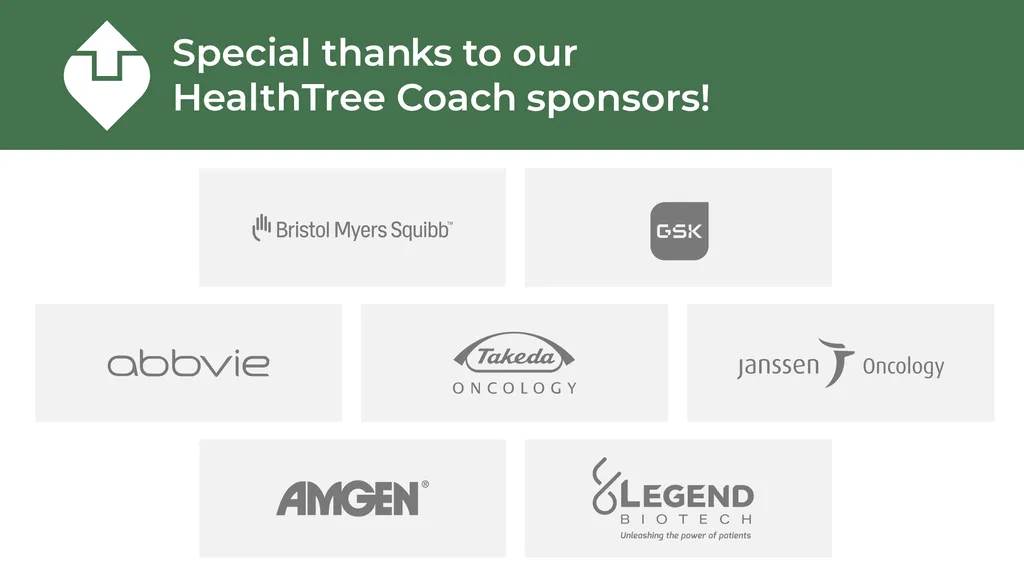
Many patients like me have been told, “Sorry, you have myeloma and it’s an incurable cancer.” Really?! Incurable, meaning it will always be impossible to cure myeloma? Don’t tell that to the brilliant and inspired researchers presenting the latest breakthroughs at ASH 2022!
As a community, can we agree that it is time to reset our perspective from the dismal “if” a cure can be found, to the justifiably optimistic “when” our cures will be found? Although I am about to celebrate my 5-year anniversary since diagnosis at age 53, I hope (intend) to live my life fully for 30+ more years and, based on data presented at ASH 2022, celebrate the day when my myeloma expert declares, “Todd, you are cured!”
One late night during some dex-inspired journaling, I set a personal goal of, “Be cured by 2030.” When I reread this audacious goal, I asked myself, is this a reasonable goal and what actions will I need to take to make it a reality?
First, let’s discuss the definition of a cure. At the American Society of Clinical Oncology in June, HealthTree presented a survey of 1,525 CureHub participants reporting on their definition of a cure. Seventy-five percent of patients rated being off treatment permanently and having no evidence of disease as the ideal definition of a cure. That makes sense and evidence presented at ASH shows that this ideal goal can be attainable, even today, for some patients.
At the ASH meeting, Dr. Luciano Costa presented Abstract 3237 which provides extended follow-up from the Master Trial. Let me get right to the authors’ bold conclusion for newly diagnosed multiple myeloma (NDMM) patients,
“For the majority of patients with NDMM, quadruplet therapy, ASCT and MRD response-adjusted treatment modulation provides the opportunity of durable treatment cessation without compromising disease control.”
Wow! The full study is worth reviewing, however, let me touch on a few highlights. The study included 123 participants. After initial treatment with “quad therapy” of daratumumab, Kyprolis, Revlimid and dexamethasone (Dara-KRd), autologous stem cell transplant, and Dara-KRd consolidation, 84 patients reached “MRD-SURE” status where no myeloma cells could be detected in 2 consecutive samples of 100,000 healthy cells. (Assessed by ClonoSEQ next generation sequencing of minimal residual disease (MRD) at 10 to -5 sensitivity).
Treatment was discontinued for the MRD-SURE patients, and they completed MRD testing 6 months after stopping treatment and yearly thereafter. Median follow-up was 24.8 months and 79% of patients in the MRD-SURE group remained off therapy with no detectable myeloma, including 88%, 83% and 47% of patients with 0, 1, and 2+ high risk genetic features.

I suspect the 66 patients in the MRD-SURE group that have been off treatment and have had no detectable myeloma for 24.8 months feel they are closer to their cure!
A practical caveat, these are findings for patients in this specific trial. Appropriateness of various strategies, like quad therapy, transplant, and discontinuation is highly variable and patient-specific, so it’s important to consult your doctor regarding options that may be right for you.
The goal of sustained MRD negativity without treatment is ideal, but it would also be reason to celebrate attainment of a functional cure, whereby patients live their normal life expectancy with limited treatment, limited side effects, limited evidence of disease, and high quality of life.
For more information about the Master Trial and things to know and consider about MRD testing, click here for a replay of a recent HealthTree webinar featuring Dr. Costa.
During the ASH meeting in 2019, in a video featured on HealthTree University, Dr. Rafael Fonseca, from Mayo Clinic in Scottsdale, shared his perspective on the prospect for myeloma cures. He said,:
“Myeloma patients should remember something very, very important. If you get eight to ten years of disease control, the treatments for myeloma eight to ten years from now will be radically different from what we're doing today. That's something that economists call “the value of options,” meaning you will have options that you don't have today just because the clinical research has been done during that period of time.”
Dr. Fonseca’s comments resonate clearly when considering the trajectory of options and insights presented at ASH 2022 and those that will surely come in the years ahead. Just imagine the Best of ASH sessions that we will all be celebrating at ASH 2030!
Here are some suggested actions to turn hope for cures into reality.
Co-create a Leading-Edge, Comprehensive Treatment Strategy
- To bridge from innovation to innovation over an extended period until our cures arrive, it is wise to have more than a treatment “plan”, we need highly personalized treatment “strategies.” A strategy is best informed by true experts in myeloma, such as those that are participating in the research presented at ASH. These experts can ensure that your treatment strategy incorporates the latest, leading-edge research and options including clinical trials that may be right for you. Realize that it takes significant time for early scientific insights to trickle down to ultimately become standard of care in the community. Having a myeloma expert on your team is almost like having access to the future. To locate myeloma experts in your area, click here for HealthTree’s Find a Specialist Directory.
-
The ideal strategies are co-created, with shared decision making between you, your myeloma expert, and your extended comprehensive team. Patients are not expected to become myeloma experts, but research has shown that educated, empowered patients have the best outcomes. You can efficiently get up to speed on myeloma basics and breaking news written in patient-friendly language via HealthTree University and through HealthTree’s myeloma newsfeed.
Prepare for the Future by Maintaining an Ongoing, Comprehensive, Trend-based Overview of your Myeloma Treatment Journey
- MRD-guided decision making as described in the Master study is an evolving concept in clinical practice. Although it is unlikely that you would change treatment based on a single MRD test, a trend of multiple MRD data points, evaluated in combination with other labwork and imaging, may be a useful, early indicator of the need to change treatment or the opportunity to decrease or perhaps even discontinue treatment. Of course, you can’t build a trend without getting the initial data points so consider asking your doctor if highly specific MRD testing should be ordered during your next bone marrow biopsy.
- As you get further along in your myeloma journey, there is more and more data to track. Building and maintaining a profile in HealthTree CureHub is a secure, efficient, and comprehensive way to help you and your care team evaluate trends and incorporate deep insights into your evolving treatment strategy. Click here to learn more about CureHub.
In summary, when someone says that you have an “incurable” cancer, I suggest you respectfully and enthusiastically tell them, and remind yourself, that it is not a matter of IF myeloma is curable, but WHEN, and that you fully intend to be there with your family and friends, celebrating the arrival of your future myeloma cure!
As a volunteer HealthTree Coach, Todd shares his optimism, knowledge of myeloma, personal experience and helpful resources with others.
find or become a HealthTree Coach


about the author
Todd Kennedy
Todd Kennedy was diagnosed with myeloma in 2017 and has become a tireless advocate for myeloma patients and research. His background includes over 30 years working in the pharmaceutical industry until he and his wife Diane retired from their respective first careers to devote their time and talents to strengthen the myeloma community. They collaborate with HealthTree and other trusted partners to educate and empower myeloma patients and caregivers and accelerate the arrival of cures.
More on Conferences
Trending Articles
Upcoming Events




Get the Latest Multiple Myeloma Updates, Delivered to You.
By subscribing to the HealthTree newsletter, you'll receive the latest research, treatment updates, and expert insights to help you navigate your health.







